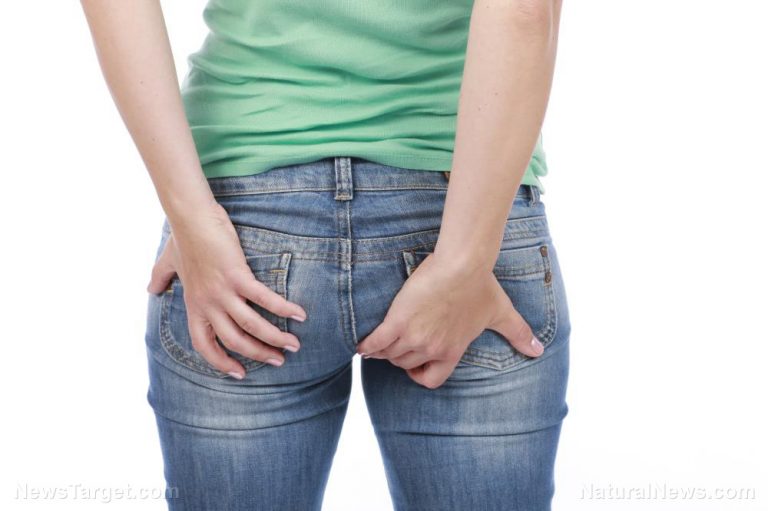
Many people will choose to suffer in silence than discuss their problem with hemorrhoids — which is baffling, considering that the condition affects over 20 million Americans. These are also dangerous: Over half of those with hemorrhoids are at risk of these developing into more advanced stages which can cause serious medical conditions.
Fortunately, treating hemorrhoids is possible: All it takes is the right diet, an active lifestyle, and some traditional Chinese medicine.
Hemorrhoids reflect an unhealthy diet and lifestyle
Hemorrhoids, also called piles, refer to the swollen veins in the anus and lower rectum. The condition is similar to that of varicose veins.
There are two types of hemorrhoids: Internal hemorrhoids are those located in the rectum, while external hemorrhoids refer to those that develop under the skin around the anus. In some cases, a blood clot may form in hemorrhoid, resulting in what’s called a thrombosed hemorrhoid. While this type isn’t particularly dangerous, it can be extremely painful and sometimes need to be drained.
A person can get hemorrhoids in a number of ways, like straining during bowel movements. For pregnant women, these may form because of increased pressure in the region. In most cases, hemorrhoids are caused by a low-fiber diet. A 2012 review published in the World Journal of Gastroenterology also listed spicy foods and alcohol intake as potential risk factors for hemorrhoids.
In addition, a sedentary lifestyle can also contribute to hemorrhoids, including obesity, smoking, and chronic stress.
Using acupressure and acupuncture to treat hemorrhoid pain
It cannot be stressed enough: Diet plays a significant role in treating hemorrhoids. In fact, a lot of therapies for managing hemorrhoids start with a balanced diet.
Mother Nature’s micronutrient secret: Organic Broccoli Sprout Capsules now available, delivering 280mg of high-density nutrition, including the extraordinary “sulforaphane” and “glucosinolate” nutrients found only in cruciferous healing foods. Every lot laboratory tested. See availability here.
Adding more high-fiber foods in your diet, for one, can greatly help. Foods like avocado, berries, figs, beans, squash, lentils, Brussels sprouts, quinoa, and chia seeds are rich in dietary fiber. Experts recommend getting at least 20 to 30 g of fiber a day for good health, but most Americans consume only around 15 g every day – which could account for the high incidence of hemorrhoids.
Hydration is also a key factor for preventing hemorrhoids, according to research published in the European Journal of Clinical Nutrition. In particular, drinking at least a glass of water per meal or snack each day helps the fiber travel smoothly through the digestive system.
It’s worth noting that acupressure can be a tricky business when it comes to treating pain caused by hemorrhoids. If the treatment isn’t done right, it can aggravate pain instead offer relief, so seek treatment from a trained healthcare professional.
Some acupressure points activated for managing hemorrhoids and its symptoms include:
- Acupressure point UB57 (Cheng Shan): The acupoint is found behind the leg, in the gastrocnemius muscle. It can also be stimulated to treat back pain, poor blood circulation, and leg cramps.
- Acupressure point UB60 (Kun Lun): The acupoint, found in the depression between the ankle bone and the Achilles tendon can provide relief from sciatica, backaches, and even numbness — aside from alleviating pain caused by hemorrhoids.
- Acupressure point SP6 (San Yi Jiao): Found on the inside of the leg, around four fingers above the anklebone, san yi jiao helps manage hemorrhoid pain, along with loose stools, abdominal distension, and chronic fatigue.
Acupuncture is a procedure similar to acupressure when it comes to treating hemorrhoid pain. It uses needles, which are placed at certain points in the body and manipulated to provide pain relief, along with other benefits. It does this by restoring the natural flow of qi in the body, which is responsible for normal bodily function.
Hemorrhoids may be a common condition, but it doesn’t mean that it is inevitable: With proper diet, hydration, and the help of acupressure (or acupuncture), anyone can find relief from this uncomfortable condition.
Sources include:
MayoClinic.org
WJGNet
MedicalDaily
HSPH.Harvard.edu
ModernReflexology
